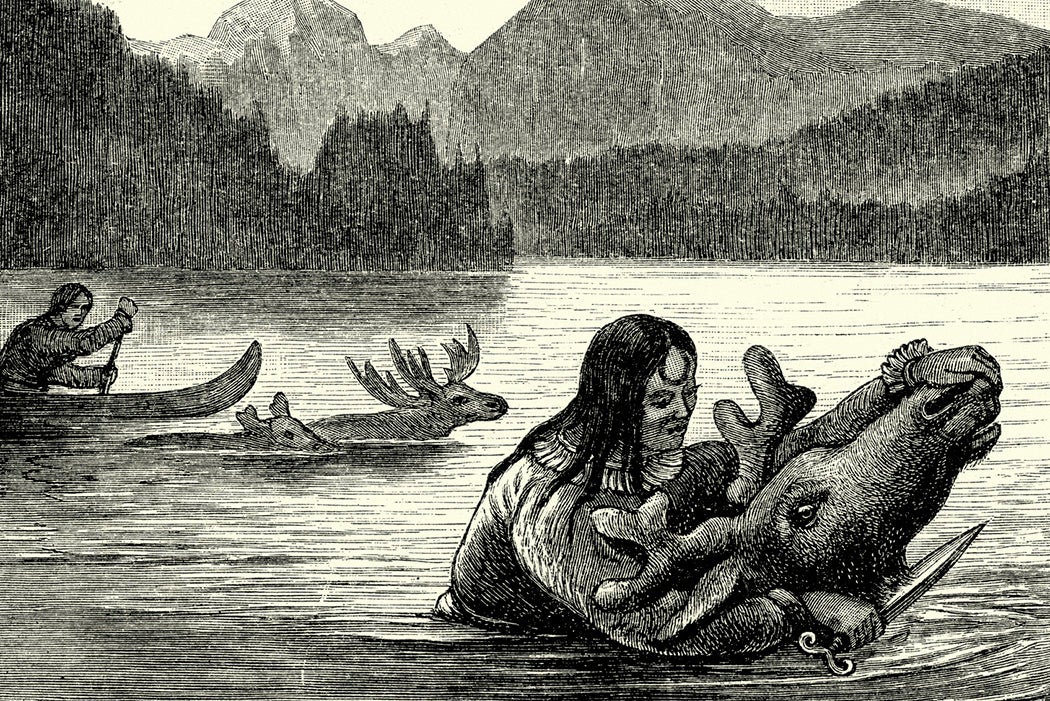Many Indigenous cultures across the northern latitudes of North America conceptualize hunting as a gift from animal to human. Paul Nadasdy, an anthropologist who has worked with the Kluane First Nation in the Southwest Yukon, writes that this is a hard concept for many Euro-Americans to get their minds around. But he suggests that it’s worth taking seriously as officials in Canada and elsewhere claim to incorporate “traditional ecological knowledge” into their environmental policies.
Nadasdy argues that one barrier is a misunderstanding of the concept of a gift. While we sometimes imagine gift-giving as an act of pure spontaneous generosity, that’s almost never how it really works. All human cultures have complex rules regarding gifts, along with mechanisms for enforcement. For example, in societies where the sharing of meat is expected, hunters may try to hide it away, and their neighbors may resort to various strategies to force them to fulfill their obligation.
Similarly, social relations between humans and their prey species may allow for the use of trickery on both sides. Humans may use all sorts of methods, from clever traps to magic, to get animals to “give themselves” to a hunter. And humans incur responsibilities to the animals, often including rules against insulting, toying with, or over-hunting them, as well as ritual obligations.
Recognizing reciprocal relationships between hunter and hunted means seeing animals as non-human persons. Nadasdy writes that this can be difficult for Euro-Americans, who come from an intellectual tradition that has long described the actions of non-human animals as unthinking, instinctive behaviors.
Indigenous hunting societies have studied animals and reached different conclusions. For example, the Wemindji Cree know that geese notice hunters’ behavior and communicate among themselves about it. They recognize that each kind of animal has a unique way of thinking and communicating, just as humans have their own way. Similarly, one Kluane hunter told Nadasdy about a wolverine who learned where the man set traps and devoured the prey caught in them before he could get to them. When the hunter attempted to trap the wolverine in a variety of ways, the animal managed to spring the traps without being caught.
“To northern hunters, who are confronted on a daily basis with animals who behave like the wolverine or geese described above, Euro-American behavioralist notions about animals as automatons appear absurd,” Nadasdy writes.
Weekly Newsletter
In fact, he adds, anthropologists working with northern hunting cultures are sometimes confronted with animal behavior that deeply challenges their own ideas, such as creatures apparently freely presenting themselves to be killed—something he describes experiencing himself. He writes that many other anthropologists have similar stories, most of which they’ve never published.
“No matter how relevant and useful such experiences may be to understanding the people with whom we work, we tend not to report them for fear of embarrassment or of becoming the objects of suspicion among our colleagues,” he explains.
But, Nadasdy suggests, talking freely about this is an important step toward actually taking Indigenous views seriously.







